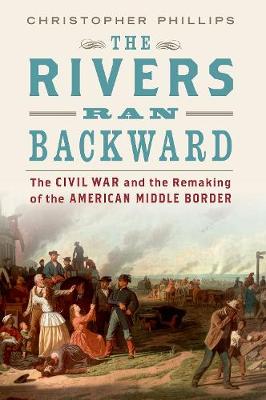Most Americans believe that the Ohio River was a clearly defined and static demographic and political boundary between North and South, an extension of the Mason-Dixon Line. Once settled, the new states west of the Appalachians - the slave states of Kentucky and Missouri and of the free states of Illinois, Indiana, Ohio, and Kansas - formed a fixed boundary between freedom and slavery, extending the border that inevitably produced the war. None of this is true,
except perhaps the outcome of war. But the centrality of the Civil War and its outcome in the making of these tropes is undeniable.
Historian Christopher Phillips contests the assumption that regional identities throughout the "Middle Border" states were stable in the era of the Civil War. States such as Missouri and Kentucky tended to identify as more western than southern during the first half of the nineteenth century. Conversely, much of the population of the lower Midwestern states of Ohio, Illinois, and Indiana had stronger cultural, economic, and political ties to slave states than to New England or the Middle
Atlantic. But across the region the Civil War left an indelible imprint on the way in which residents thought of themselves and other Americans, proving as much a shaper as a product of regional identities. A sweeping argument employing a strong narrative, telling vignettes, and the voices of regional and
national figures, this book makes a major contribution to Civil War history and to American history on a broader scale.
- ISBN10 0190053801
- ISBN13 9780190053802
- Publish Date 1 May 2019 (first published 20 May 2016)
- Publish Status Active
- Publish Country US
- Imprint Oxford University Press, USA
- Format Paperback (US Trade)
- Pages 528
- Language English
